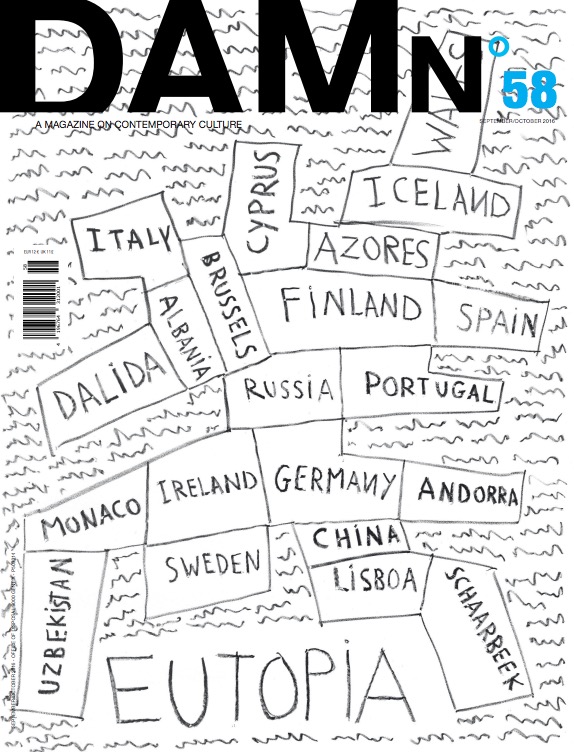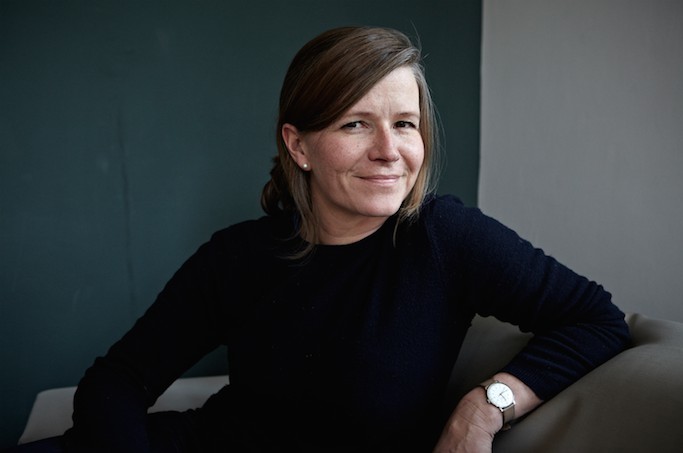The bunker dates from 1942-44 and was never in use during wartime. Fabricated from concrete poured on site, the walls are two metres thick and the ceilings even thicker. The passage of time has made its mark on the fabric of the building, which belonged to post-war East Germany. “We can only guess what happened in here”, says Petra Petersson from Realarchitektur, John Pawson’s partner office in Berlin. In the upper hall of the bunker, traces of graffiti and paint splatters are reminiscent of the for- mer life of the long-term abandoned spaces. In contrast, the basement level is all black; there must have been a fire at some point. A large window separates the exhibition space from the Lake Room – a lower, completely flooded hall that shows a mysterious black sea, just like in a fairy tale.
Friederike von Rauch works without artificial light – her analogue photographs fuse the shadows and the darkness of the spaces together with the power of the artworks that unfold freely in the impressive halls of the bunker. The artist approached the exhibition spaces in a careful, quiet way, her eye on the silent effect of the pieces. “I have never worked under similar dramatic lighting conditions”, she informs. Her photographs show the timelessness of Asian-god sculptures while measuring the proportions of antique wooden furniture, combining their narrative with that of the spaces in which they are displayed. The story the photographer tells in her work draws no conclusion, but it uncovers many associations that make The Feuerle Collection and its new Berlin home enchanting.
 This article appeared in DAMN°58. Order your personal copy.
This article appeared in DAMN°58. Order your personal copy.

